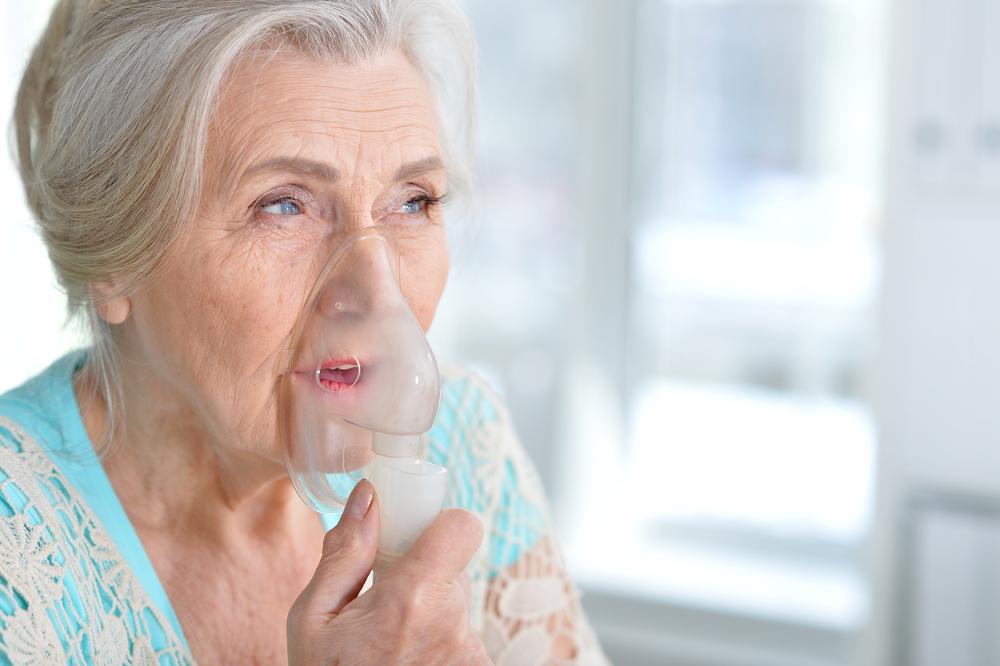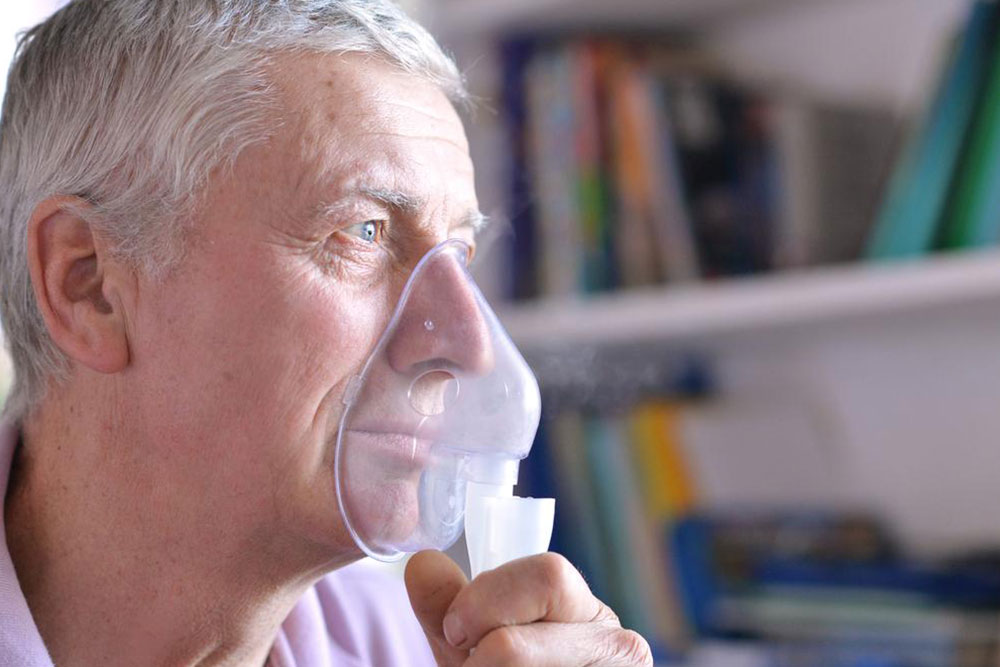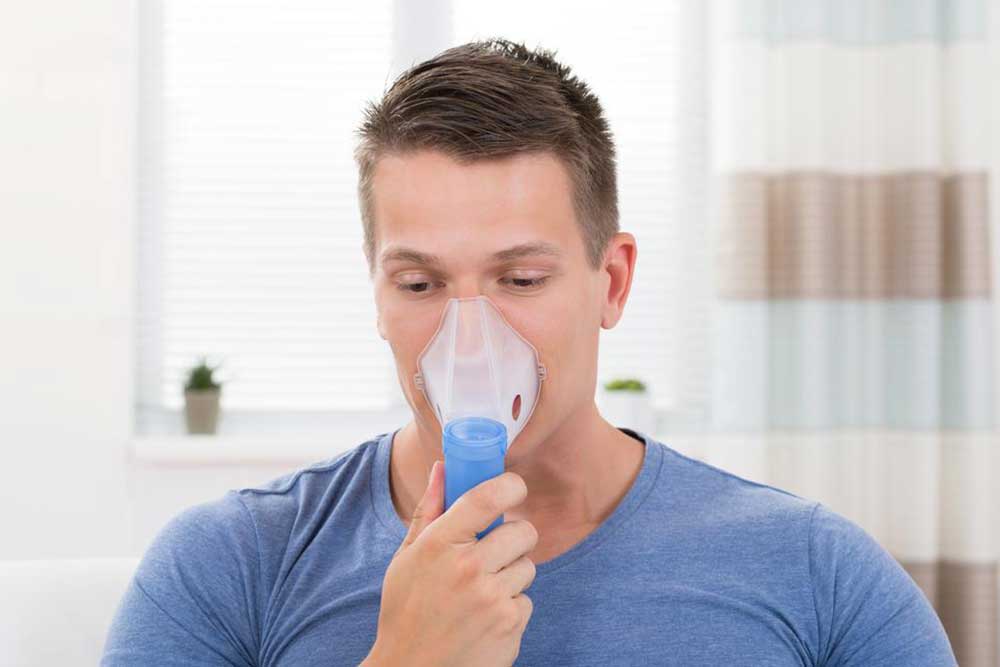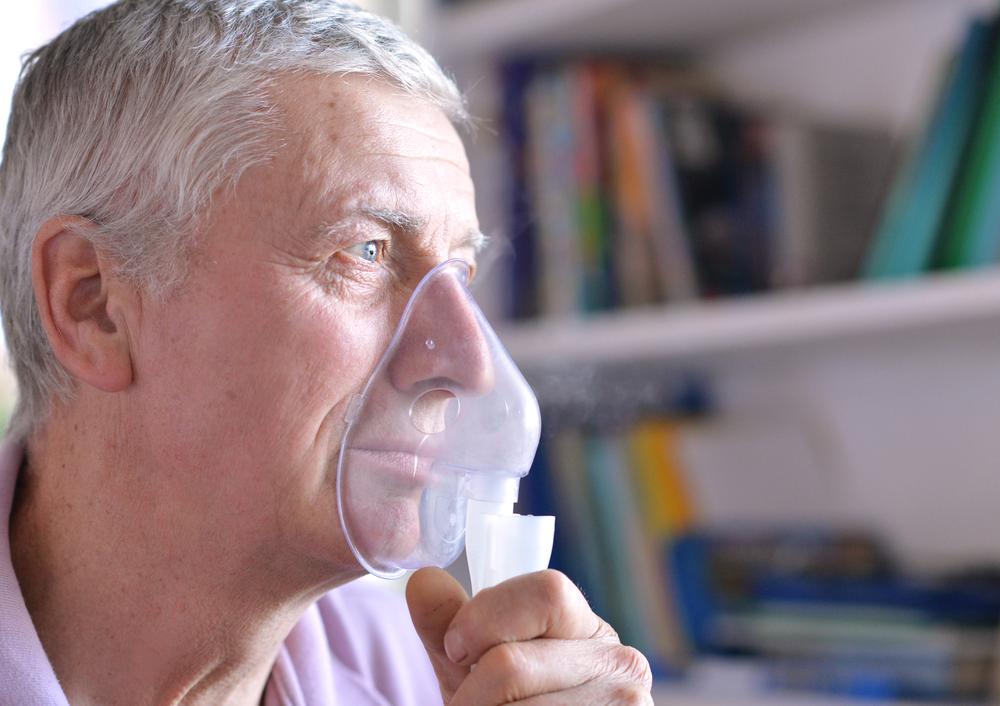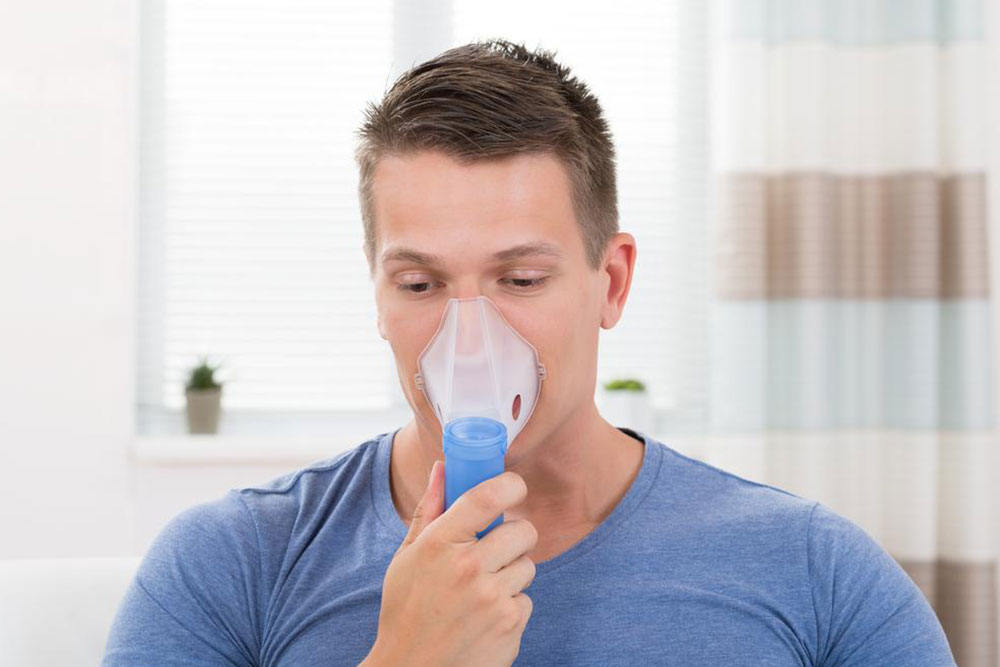Comprehensive Guide to Portable Oxygen Concentrators: Enhance Your Breathing and Mobility
This comprehensive guide covers everything about portable oxygen concentrators, including benefits, key factors for selection, maintenance tips, and safety precautions. Ideal for individuals requiring respiratory support, these devices promote mobility, independence, and better health for users with breathing difficulties. Explore how to choose the right device, maintain it properly, and ensure safety during travel or daily use to enhance your quality of life efficiently.
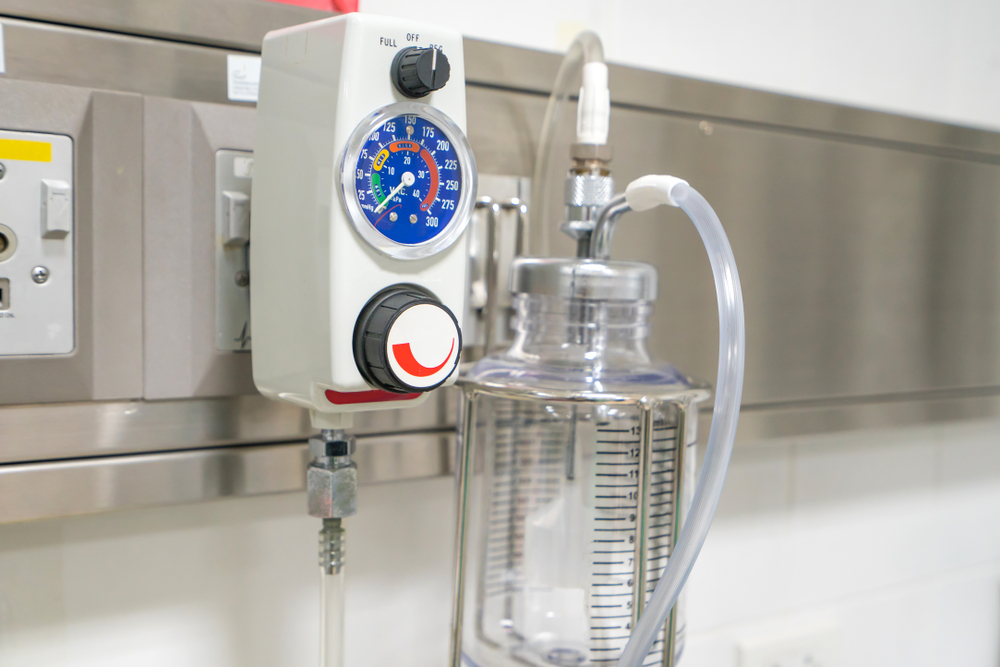
Everything You Need to Know About Portable Oxygen Concentrators for Improved Respiratory Health
Portable oxygen concentrators (POCs) are essential medical devices that significantly improve the quality of life for individuals facing respiratory challenges. These compact, lightweight devices are designed to extract oxygen from ambient air and deliver it directly to the user, enabling easier breathing and increased mobility. Whether you're managing chronic lung conditions, recovering from illness, or seeking enhanced physical activity, a portable oxygen concentrator offers reliable and convenient oxygen therapy tailored to your lifestyle.
Understanding the Benefits of Using a Portable Oxygen Concentrator
Supports physical activity and exercise routines, making it easier to stay active despite respiratory issues.
Ensures a consistent supply of oxygen to vital organs, helping to prevent hypoxia and related health complications.
Enhances overall wellbeing by reducing fatigue and improving energy levels for daily tasks.
Facilitates travel and outings without the encumbrance of heavy oxygen tanks, promoting independence.
Offers a safe and non-intrusive alternative to traditional stationary oxygen therapy devices.
By providing a steady stream of oxygen, portable concentrators help ensure that organs such as the brain, heart, and muscles receive sufficient oxygen levels, which is vital for maintaining health and stamina. Moreover, these devices are designed for ease of use and convenience, making them ideal companions for individuals on the go, whether traveling by plane, train, or car.
Important Factors to Consider When Purchasing a Portable Oxygen Concentrator
Choosing the right device requires careful consideration of various features and specifications. Here are some key factors to guide your decision:
Oxygen Delivery Method: Devices typically offer continuous flow or pulse dose modes. Continuous flow provides a steady oxygen supply, suitable for individuals with higher oxygen needs, while pulse dose models are more efficient for users with lower requirements.
Portability and Size: Evaluate the weight, dimensions, and overall portability of the device, especially if you plan to travel frequently. Ensure it complies with airline regulations, such as FAA approval, for air travel.
Durability and Build Quality: Opt for robust models with reliable components that can withstand daily use and transport conditions.
Battery Life and Power Options: Longer battery life enhances usability during extended outings. Consider models with replaceable batteries, and plan to carry extra batteries for extended periods away from power sources.
Additional Features: Look for features like noise reduction, user-friendly displays, filters, alarms for low power or oxygen levels, and compatibility with accessories to improve user experience.
Proper Maintenance of Your Portable Oxygen Concentrator
Store batteries in cool, dry, and ventilated areas to prolong their lifespan.
Operate the device regularly—aim for at least 10 hours of use per month—to keep it in optimal condition.
Allow batteries to fully discharge before recharging to maintain battery health.
Inspect and replace filters periodically, especially HEPA or other high-efficiency filters, to ensure clean airflow.
Avoid neglecting the device; regular cleaning and upkeep extend its lifespan and performance.
Replace nasal cannulas or delivery tubing monthly to prevent infections and ensure hygiene.
Be mindful of environmental factors such as humidity, temperature extremes, and storage conditions, which can impact device functionality.
Safety Tips for Using Portable Oxygen Concentrators
Avoid exposure to direct flames, heat sources, or open flames, as oxygen supports combustion.
Keep air inlets and outlets unobstructed for efficient operation.
During travel, turn on your device after starting your vehicle to prevent power surges or interruptions.
If stored in cold environments, warm up the device gradually before use to prevent damage.
Ensure the device is FAA-approved before flying, and carry it in compliance with airline regulations.
Always follow manufacturer instructions and consult healthcare providers for personalized recommendations.
How to Select the Ideal Portable Oxygen Concentrator
Assess your individual oxygen requirements as prescribed by your healthcare provider – this impacts your choice between continuous or pulse dose models.
Check your insurance coverage, including Medicare and other providers, to reduce out-of-pocket expenses.
Research various models, compare features, and read user reviews to make an informed decision.
Consult with medical professionals or oxygen therapy specialists to identify the device best suited to your health needs.
Consider future needs and whether the device's features will accommodate lifestyle changes or medical updates.
